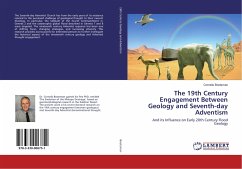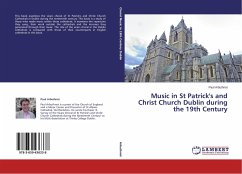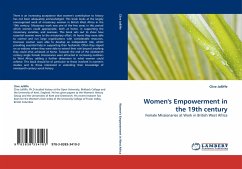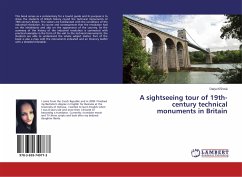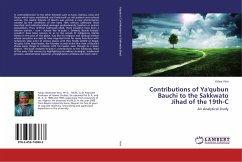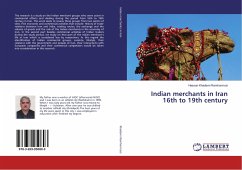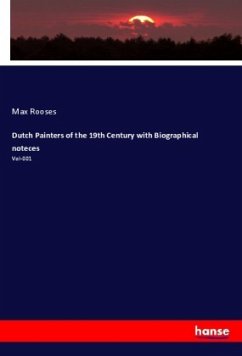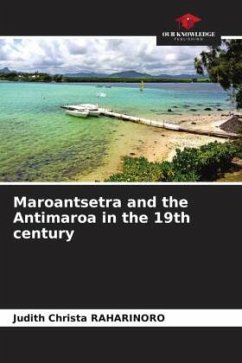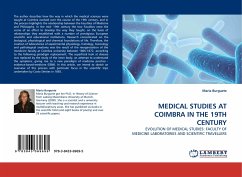
MEDICAL STUDIES AT COIMBRA IN THE 19TH CENTURY
EVOLUTION OF MEDICAL STUDIES: FACULTY OF MEDICINE LABORATORIES AND SCIENTIFIC TRAVELLERS
Versandkostenfrei!
Versandfertig in 6-10 Tagen
32,99 €
inkl. MwSt.

PAYBACK Punkte
16 °P sammeln!
The author describes how the way in which the medical sciences were taught at Coimbra evolved over the course of the 19th century, and in the process highlights the relationship between the Faculties of Medicine and Philosophy. In the mid- 19th century the two Faculties were the scene of an effort to develop the way they taught, on the basis of relationships they established with a number of prestigious European scientific and educational institutions. Research concentrated on the biological, physiological and chemical foundations of life. Therefore, the creation of laboratories of experimenta...
The author describes how the way in which the medical sciences were taught at Coimbra evolved over the course of the 19th century, and in the process highlights the relationship between the Faculties of Medicine and Philosophy. In the mid- 19th century the two Faculties were the scene of an effort to develop the way they taught, on the basis of relationships they established with a number of prestigious European scientific and educational institutions. Research concentrated on the biological, physiological and chemical foundations of life. Therefore, the creation of laboratories of experimental physiology, histology, toxicology and pathological anatomy was the result of the reorganization of the merdicine faculty at Coimbra university between 1866-1872, according to the following paradigm replacement: The superficial look at disease was replaced by the study of the inner body, an attempt to understand the symptons, giving rise to a new paradigm of medicine practice - evidence-based-medicine (EBM). In this article, we intend to sketch an overview of this process with particular focus in the scientific trips undertaken by Costa Simões in 1865.



